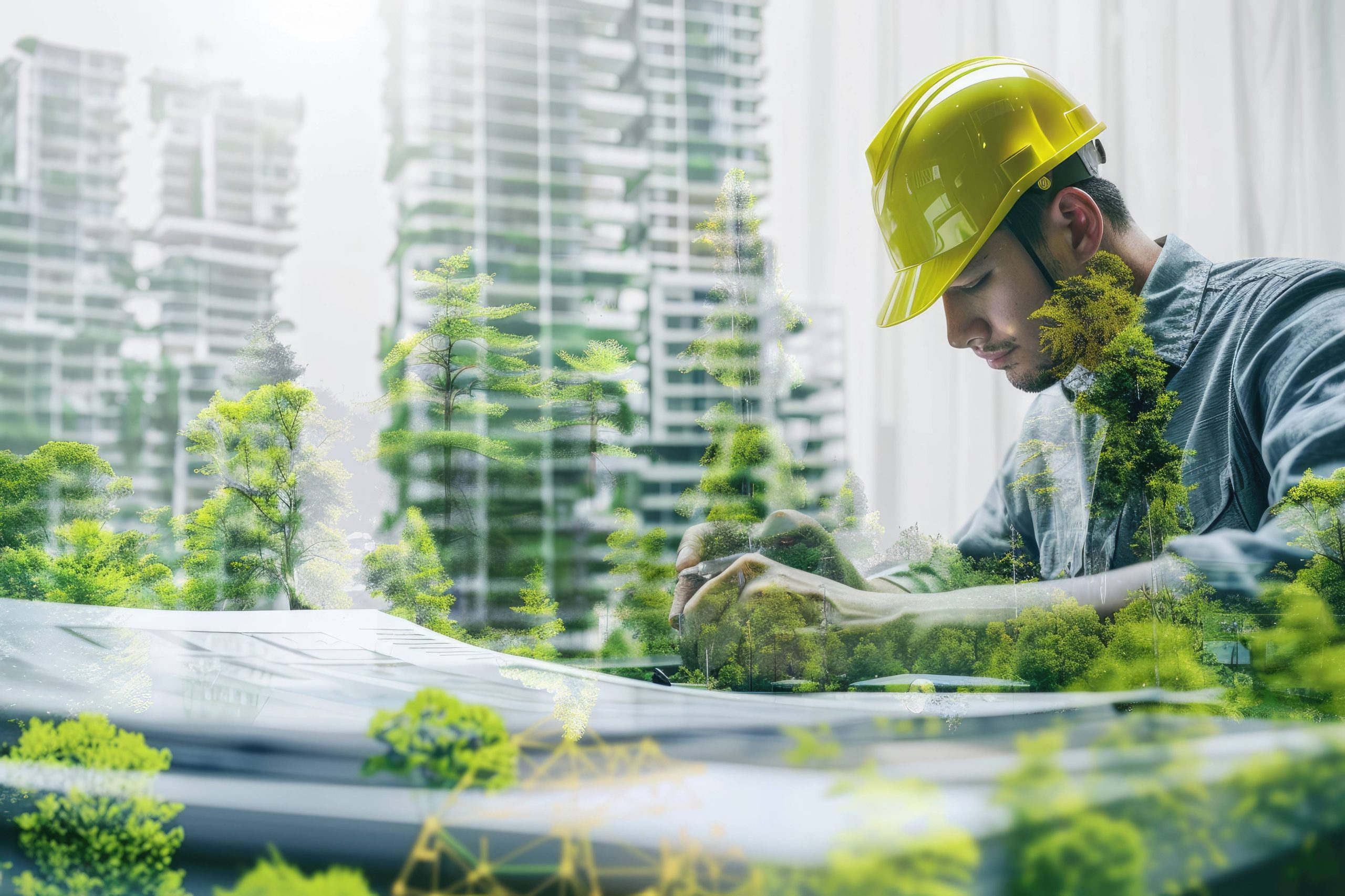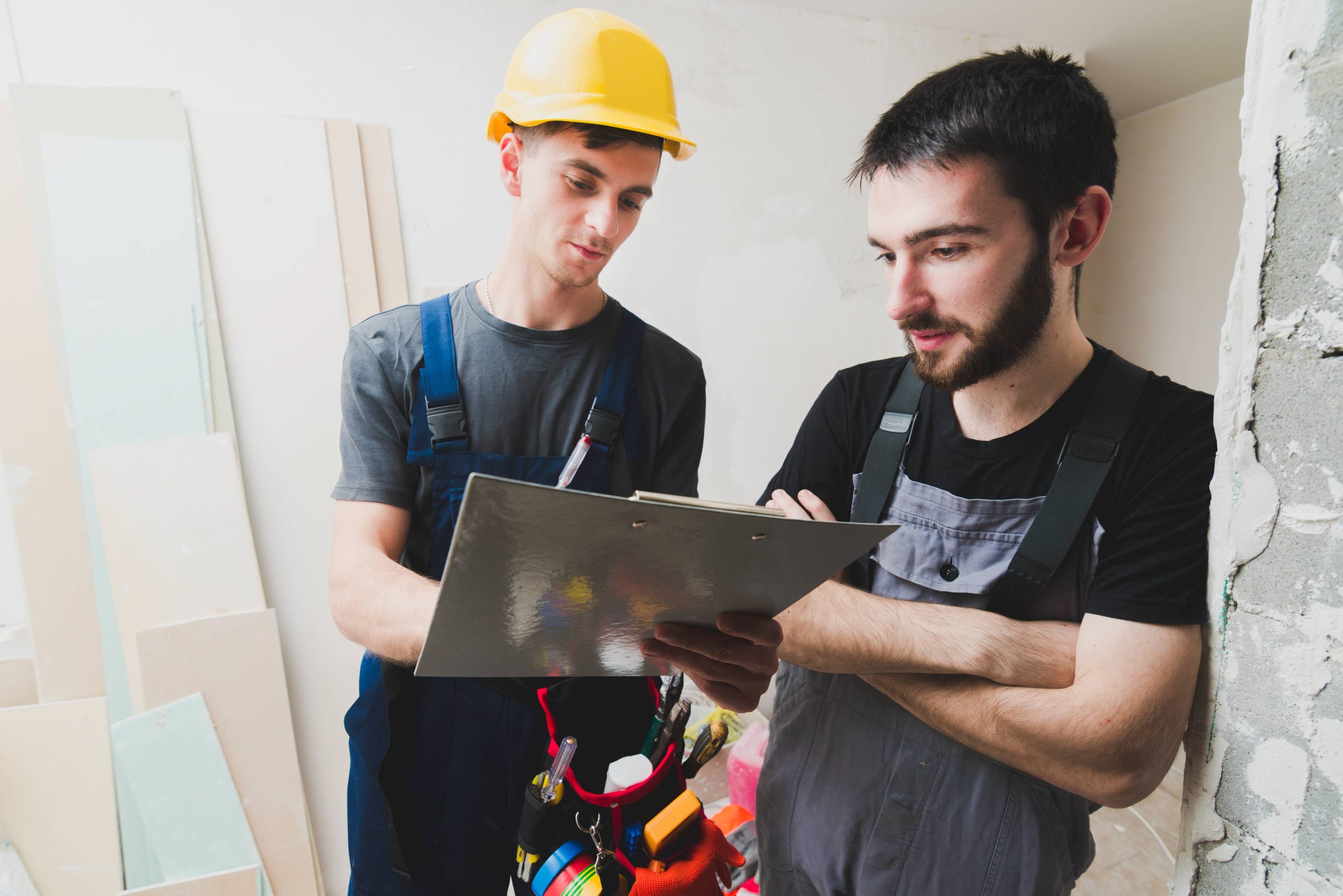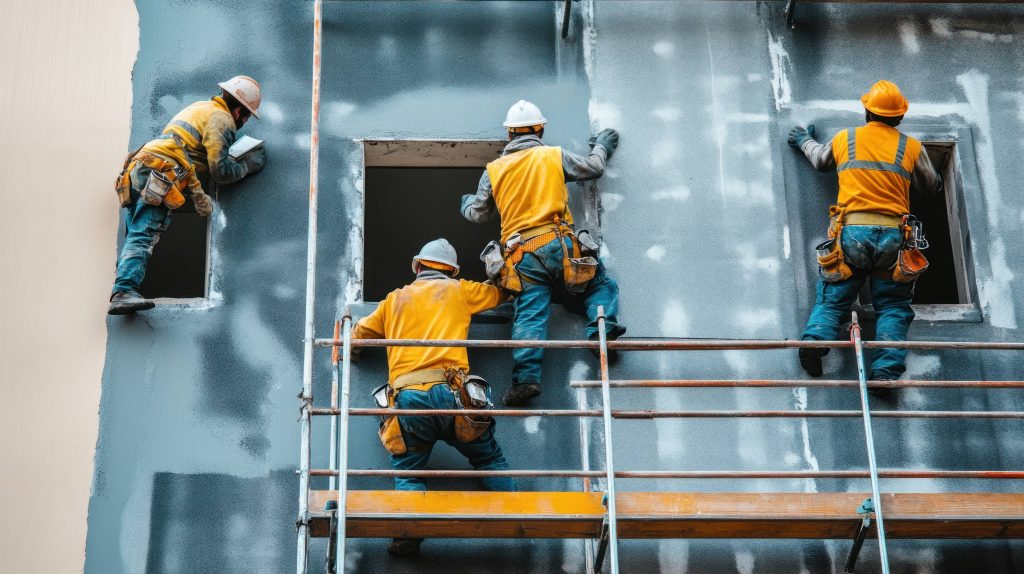Building maintenance is an essential aspect of property management, ensuring the safety, functionality, and longevity of structures.
Whether for residential, commercial, or industrial buildings, maintaining the infrastructure involves a variety of tasks, from inspections to repairs and upgrades.
In this comprehensive guide, we will explore the importance of building maintenance, the key components, best practices, sustainability efforts, technological innovations, compliance considerations, budgeting, and much more.
Importance of Building Maintenance
The upkeep of a building is crucial for several reasons. It ensures the safety and comfort of its occupants, preserves the building’s aesthetic appeal, and protects the structure from deterioration and costly damage.
Regular maintenance helps avoid major repairs by addressing issues before they escalate. For businesses, well-maintained buildings also project professionalism and care, which can enhance customer perception and employee satisfaction.
The primary goals of building maintenance are to extend the life of the building, maintain its functionality, ensure safety and compliance, and manage operational costs. Effective maintenance practices help minimize downtime, reduce energy consumption, and increase the overall efficiency of building systems.
Components of Building Maintenance
A. Regular Inspections and Assessments
Routine inspections allow building managers to identify potential problems early. This involves checking the structural integrity, mechanical systems, and safety features of the building. Inspections can be monthly, quarterly, or annually, depending on the facility’s specific needs.
B. Preventive Maintenance
Preventive maintenance involves scheduled activities designed to keep building systems running smoothly. This includes servicing HVAC units, inspecting plumbing, lubricating machinery, and cleaning. Preventive measures help avoid unexpected breakdowns and extend the life of building assets.
C. Corrective Maintenance
Corrective maintenance refers to the repair or replacement of faulty equipment and systems. Unlike preventive maintenance, which aims to prevent issues, corrective maintenance addresses problems after they arise. Swift corrective actions are essential to maintaining operational efficiency and safety.
D. Emergency Maintenance
Emergency maintenance is required when unforeseen events—such as equipment failure, accidents, or natural disasters—occur. The goal of emergency maintenance is to quickly restore operations and minimize damage, ensuring the safety of building occupants and preventing further deterioration of the property.
Building Maintenance Best Practices
A. HVAC System Maintenance
Heating, ventilation, and air conditioning (HVAC) systems require regular inspections and servicing to maintain optimal performance. This includes cleaning filters, checking for leaks, and ensuring that all components function properly. Neglected HVAC systems can lead to higher energy bills and uncomfortable indoor environments.

B. Electrical System Maintenance
Routine checks of electrical wiring, circuits, and equipment are vital for preventing hazards like electrical fires or system outages. Ensuring that electrical systems comply with safety standards is essential for both residential and commercial buildings.
C. Plumbing System Maintenance
Preventative maintenance of plumbing systems includes inspecting for leaks, ensuring adequate water pressure, and checking for signs of pipe corrosion. Proper plumbing maintenance prevents costly water damage and promotes water conservation.
D. Structural Maintenance
Structural maintenance focuses on the building’s foundation, walls, and roof. Inspections are needed to detect cracks, water damage, or other issues that could compromise the building’s stability.
E. Safety and Security Measures
Ensuring the building’s safety involves maintaining fire alarms, smoke detectors, and security systems. Regularly checking exits, emergency lighting, and security cameras ensures compliance with safety regulations and provides peace of mind for occupants.
Sustainable and Eco-Friendly Maintenance Practices
A. Energy-Efficient Upgrades
Sustainable building maintenance involves upgrading to energy-efficient systems such as LED lighting, energy-efficient HVAC systems, and smart thermostats. These upgrades reduce energy consumption and lower operational costs.
B. Waste Management and Recycling
Implementing waste management and recycling programs reduces the environmental impact of building operations. This includes proper disposal of hazardous materials and promoting recycling within the building.
C. Green Building Maintenance Techniques
Green maintenance practices include using eco-friendly cleaning products, water conservation techniques, and sustainable landscaping. Emphasizing renewable materials and sustainable practices ensures long-term environmental responsibility.

Technological Innovations in Building Maintenance
A. Building Maintenance Management Software
Modern maintenance management systems streamline operations by allowing property managers to schedule tasks, track repairs, and monitor inventory through a centralized platform. These systems improve efficiency and ensure timely maintenance.
B. IoT Devices for Building Monitoring
The Internet of Things (IoT) plays a critical role in modern building maintenance. IoT sensors can monitor real-time data on HVAC systems, water usage, and electricity consumption, allowing for proactive maintenance decisions.
C. Predictive Maintenance Technologies
Predictive maintenance uses advanced algorithms and machine learning to predict when equipment will fail, allowing managers to address issues before breakdowns occur. This technology helps avoid costly repairs and reduces equipment downtime.
Compliance and Regulatory Considerations
A. Building Codes and Standards
Adhering to building codes and standards is essential to ensuring the safety and functionality of the building. Codes cover areas such as fire safety, structural integrity, and electrical systems.
B. Occupational Health and Safety Regulations
Maintaining compliance with occupational health and safety (OHS) regulations is critical to ensuring a safe environment for workers and occupants. This includes regular safety inspections and ensuring that maintenance personnel are trained in hazard recognition.
C. Environmental Regulations
Many jurisdictions require compliance with environmental regulations regarding energy use, emissions, and waste management. Sustainable maintenance practices help meet these regulatory standards and contribute to environmental preservation.
Budgeting and Resource Management for Building Maintenance
A. Cost Analysis and Budget Allocation
Proper budgeting ensures that maintenance needs are met without exceeding financial resources. A cost analysis helps building managers allocate funds for routine maintenance, emergency repairs, and equipment upgrades.
B. Procurement and Inventory Management
Efficient procurement and inventory management ensure that necessary materials and tools are available when needed. Keeping track of inventory helps reduce costs associated with unnecessary purchases or stock shortages.
C. Outsourcing vs. In-House Maintenance
Building owners must decide whether to outsource maintenance tasks or hire in-house personnel. Outsourcing can offer specialized expertise, while in-house teams provide immediate responses to maintenance needs. Weighing the pros and cons of each approach ensures efficient and cost-effective management.

Training and Development for Maintenance Personnel
A. Skills and Competencies
Effective building maintenance requires personnel with diverse skills, including HVAC, electrical, plumbing, and carpentry expertise. It’s essential to ensure that maintenance staff is well-trained and equipped to handle the complexities of building systems.
B. Training Programs and Certifications
Ongoing training programs and certifications help maintenance personnel stay current with best practices, safety regulations, and new technologies. Certifications like LEED (Leadership in Energy and Environmental Design) and OSHA compliance can further enhance their capabilities.
C. Continuous Improvement Initiatives
Encouraging a culture of continuous improvement ensures that maintenance teams are always looking for ways to enhance efficiency, reduce costs, and improve the overall condition of the building.
Conclusion
Building maintenance is essential for the safety, functionality, and aesthetic appeal of any property. It encompasses a wide range of activities, including inspections, preventive and corrective maintenance, and emergency repairs.
Adopting sustainable practices, utilizing modern technologies, and ensuring compliance with regulations are all integral components of effective building maintenance.
The future of building maintenance will likely see increased reliance on automation, smart technologies, and sustainable practices.
Innovations in predictive maintenance, IoT devices, and eco-friendly techniques will continue to shape the field, offering new ways to enhance efficiency and reduce environmental impact.
As technology evolves, building maintenance will become even more proactive, helping to ensure the longevity and safety of buildings for years to come.



